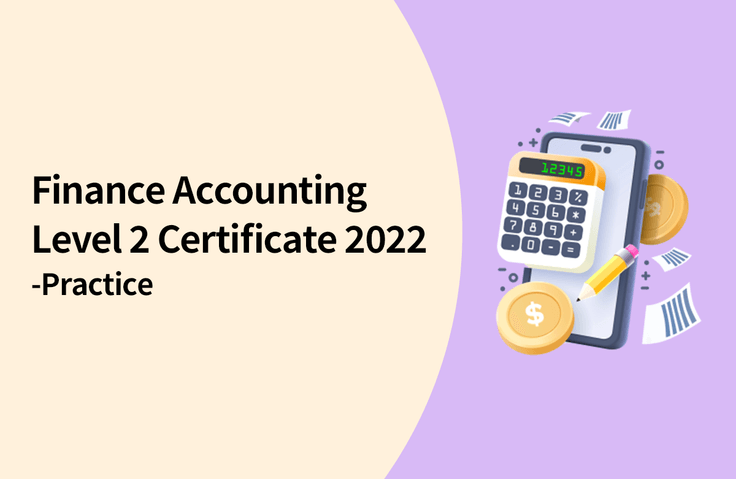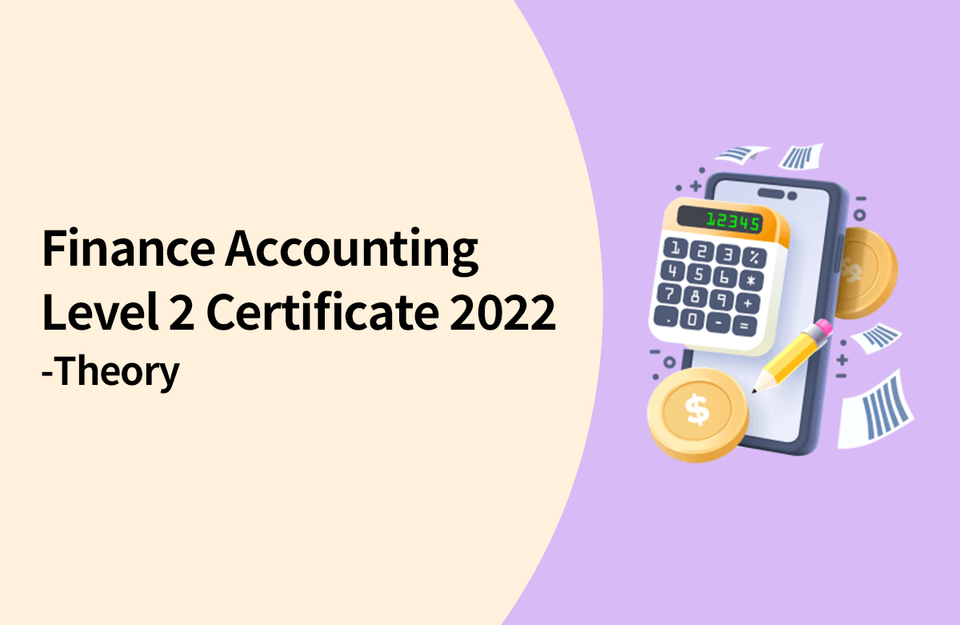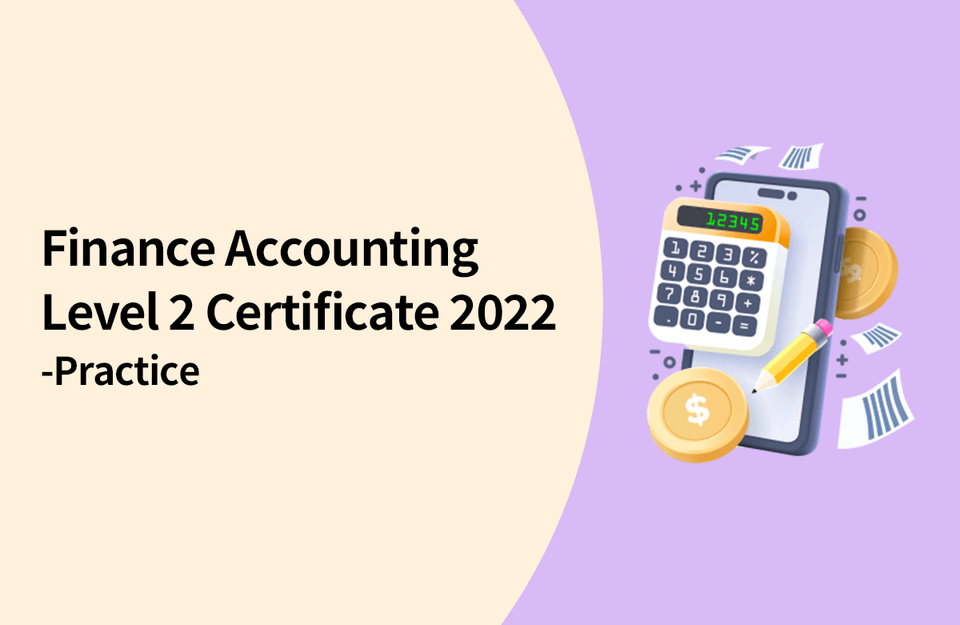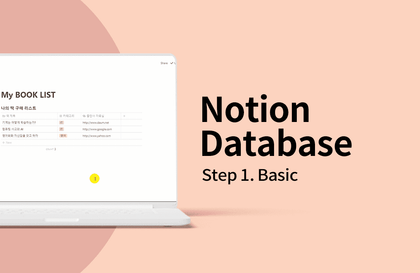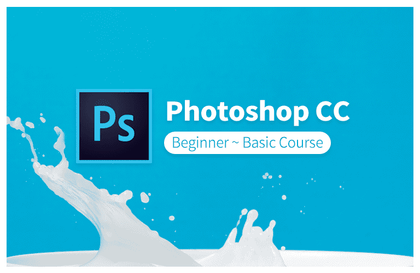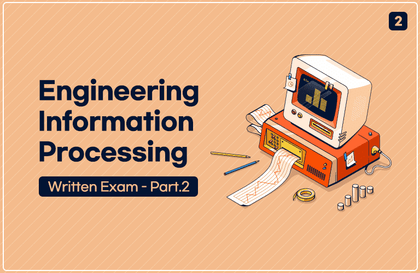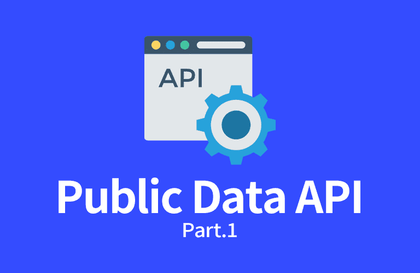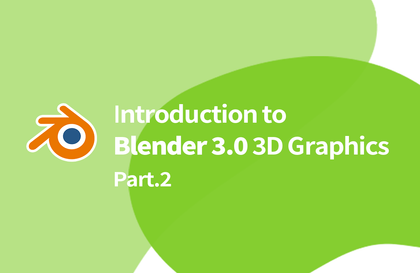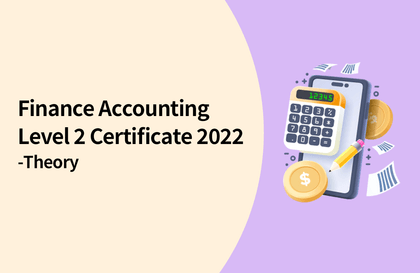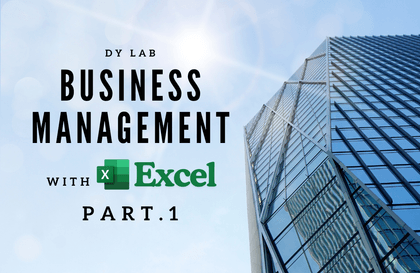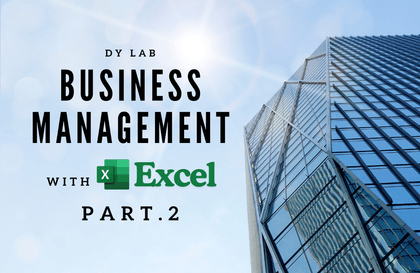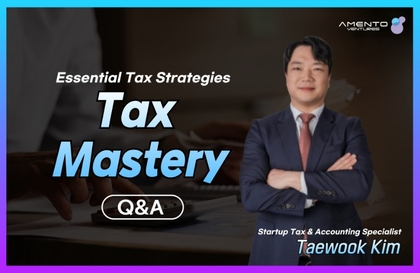| theory | Accounting Principles (30%) | 1. Basic principles of accounting | Concepts of assets, liabilities, capital and revenues and expenses, accounting cycle, closing accounts |
| 2. Current assets | Cash and cash equivalents, short-term financial instruments, accounts receivable |
| 3. Inventory assets | Concept and types of inventory assets, merchandise account |
| 4. Tangible assets | Concept and types of tangible assets, acquisition and disposal of tangible assets |
| 5. Debt | The concept and types of debt, accounts payable |
| 6. Capital | Classification of capital, capital of private enterprise |
| 7. Revenue and Expenses | Classification of revenues and expenses |
| Practice | Registration/modification of basic information (20%) | 1. Company registration | Company registration by business registration certificate |
| 2. Registering business partners | Registration of business partners based on business partner information |
| 3. Account subject and summary registration | Additional registration or change of account subject or summary |
| 4. Early carryover | Report on the electric power division financial statements, add additional registrations, and correct errors |
| Entering transaction data (40%) | 1. Entering general vouchers | Entering general vouchers according to transaction details |
| 2. Modification/deletion of input data, etc. | Modify account subjects, amounts, etc. of input data, delete duplicate input data |
| 3. Enter the settlement details | Enter the settlement details in the general voucher entry menu (only for commercial companies) |
| Input data and ledger inquiry (10%) | 1. Check the voucher entry data | Search for amount, number of cases, business partners, etc. for data entered and provided |
| 2. Inquiry of ledger | Inquiry on amount for specific account subject, specific business partner, and specific period |






